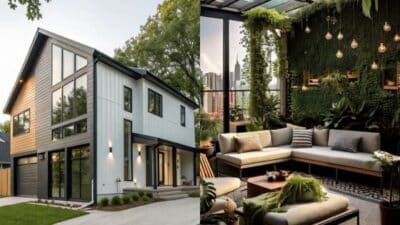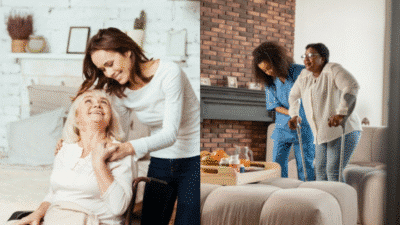Arranging things harmoniously in a new apartment means creating a space that feels balanced, functional, and comfortable. It’s about using the available space wisely, placing items where they make sense, and adding personal touches that make the apartment feel like home. The key is to plan for both beauty and order by grouping similar items, maximizing storage, and leaving enough room for easy movement.
People often overlook vertical space and labeling, but these simple tricks can help keep things tidy and easy to find. By dividing the apartment into functional zones, like a cozy reading nook or a clear work area, it becomes easier to relax and stay organized.
Creating harmony in a new place doesn’t have to be overwhelming. With a few easy steps, anyone can turn a blank space into a well-arranged home that works for their daily needs.
Planning Your Space
Arranging a new apartment well starts with knowing the exact size and shape of each room. It also helps to have a clear map of the space and decide how different areas will be used. This makes furniture placement easier and keeps the apartment working smoothly for daily life.
Measuring the Apartment
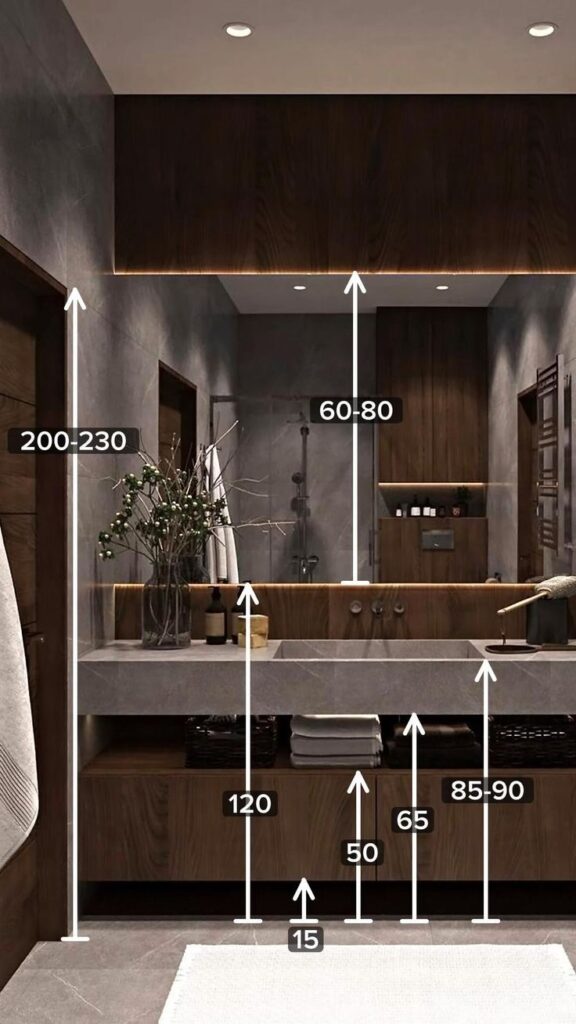
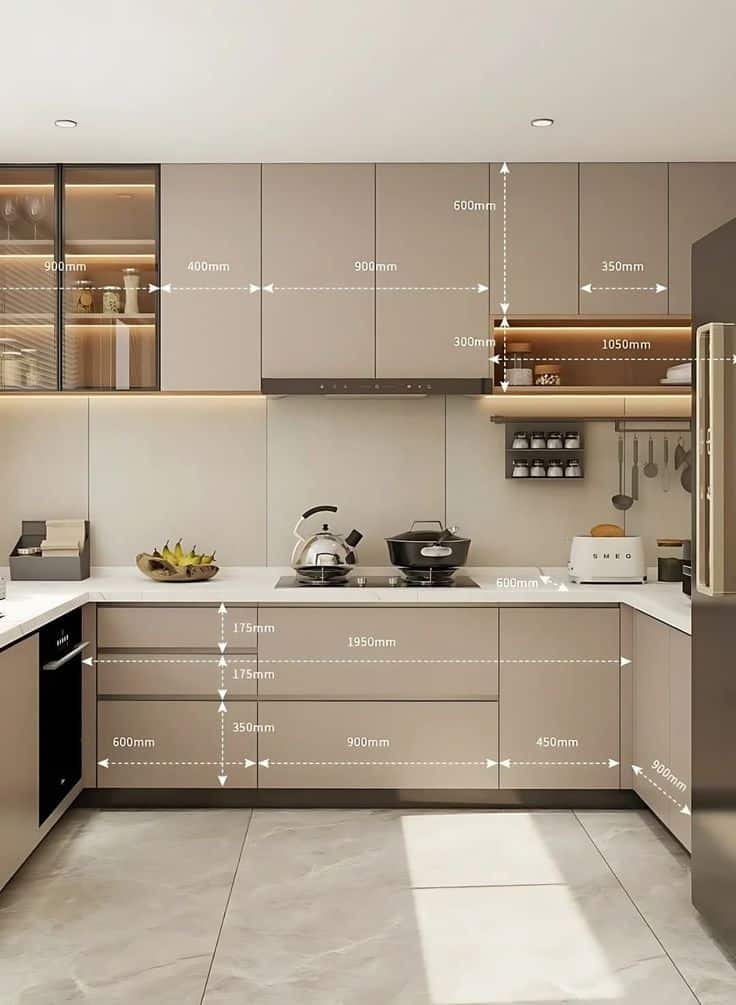
The first step is measuring all rooms carefully. He or she should use a tape measure to find the length, width, and height of every wall. Ceiling height matters because it affects what kind of storage or tall furniture can fit.
It’s a good idea to write down the measurements in a notebook or use a phone app to save them.
Measuring doors, windows, and built-in features like radiators or shelves will help avoid mistakes when buying or moving furniture later.
Creating a Floor Plan
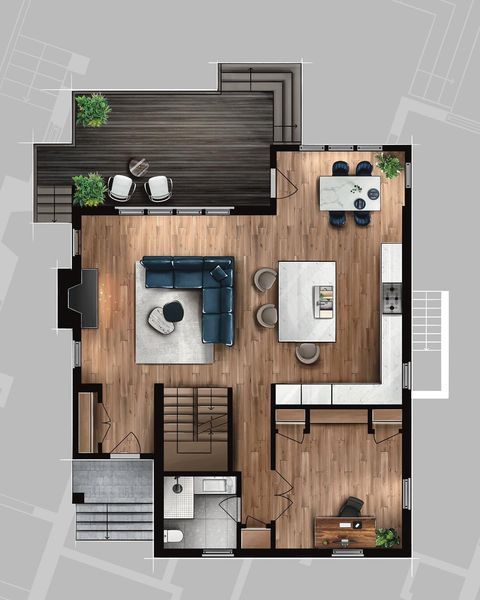

After measuring, making a floor plan gives a clear overview. This can be drawn on paper or done with free online tools.
The plan should show where doors and windows are, and include any fixed items.
He or she can draw furniture shapes to scale, then move them around on the plan. This helps decide the best spots before heavy lifting begins.
A floor plan makes sure the flow between rooms is smooth and that space is used wisely.
Setting Functional Zones

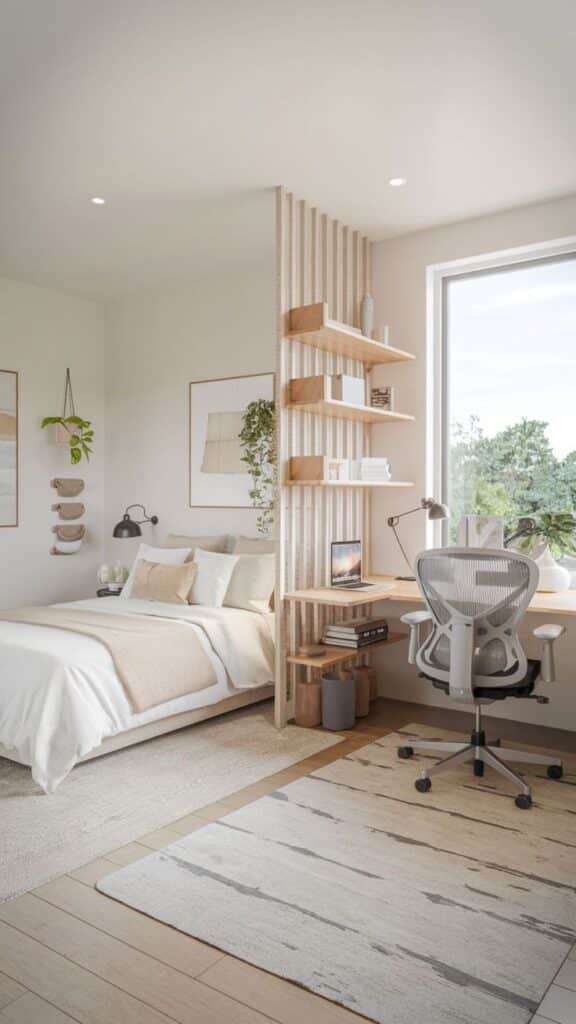
Dividing the apartment into zones based on activity helps keep things organized.
For example:
- Sleeping zone: bedroom area with bed and nightstand
- Living zone: sofa, TV, coffee table
- Work zone: desk and chair for work or study
- Dining zone: small table and chairs for eating
Each zone should have enough room to move comfortably. Thinking about lighting and quiet spots can also improve how zones work.
Zones make the apartment feel orderly and help separate daily tasks.
Choosing and Placing Furniture
Good furniture choices and smart placement can make a new apartment feel open, comfortable, and practical. Picking the right pieces and arranging them carefully helps balance space and keeps things easy to move around. It also makes smaller rooms feel less crowded.
Selecting Essential Pieces
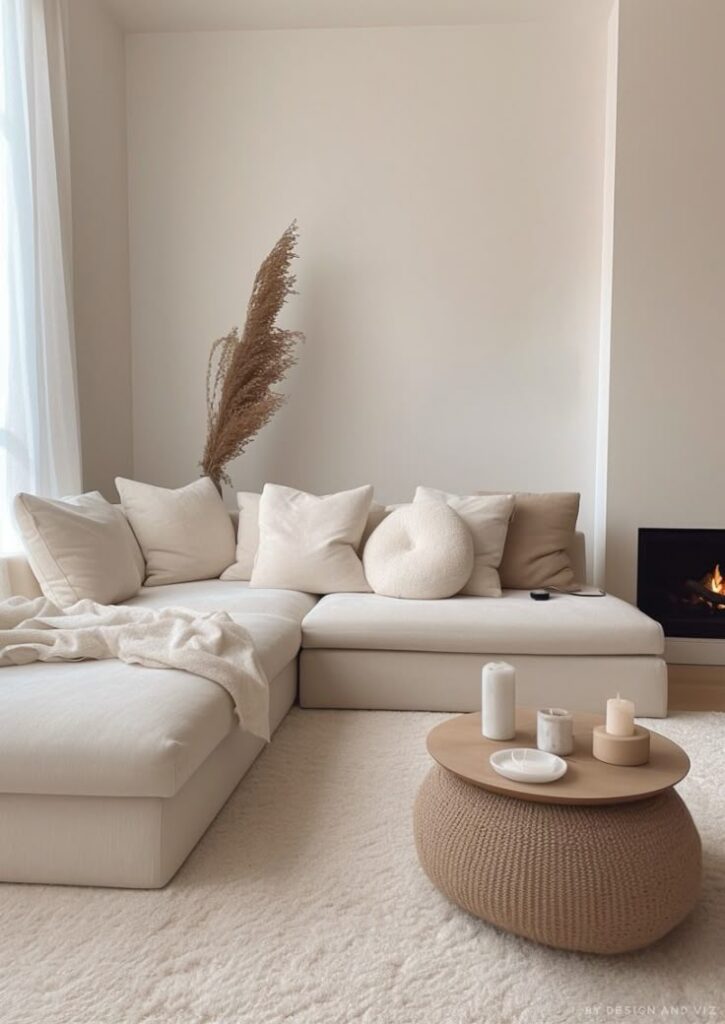

Start by choosing furniture that fits the size and function of each room. Prioritize essentials like a sofa, table, and bed before adding extras. Pieces with built-in storage, like beds with drawers or coffee tables with shelves, are great for saving space.
Choose furniture that matches the room’s style but also feels comfortable and useful. Avoid buying too many large pieces. Instead, focus on items that can serve multiple purposes, like a fold-out couch or a desk that can also be a dining table.
Arranging for Balance and Flow
Furniture should create balance and clear paths to move around. Avoid pushing all pieces against the walls. Sometimes, pulling the sofa away from the wall can invite conversation and make the space feel cozy.
Arrange key pieces like the sofa, coffee table, and chairs in a triangle to encourage easy interaction. Keep walkways free and at least 2 feet wide to prevent crowding. Balance heavy items with lighter ones to keep the room feeling even and welcoming.
Maximizing Space in Small Rooms
In small rooms, think about flow and function carefully. Use furniture that fits the size of the room without blocking natural paths. Position larger pieces like sofas and beds along the longest walls.
Keep walking routes clear by creating “triangle zones” between major furniture points like the sofa, table, and chairs. Use light colors and reflective surfaces to make the space feel bigger. Avoid clutter by choosing multi-use furniture and keeping décor simple.
Organizing Belongings Thoughtfully
A well-organized apartment feels calm and easy to live in. Sorting items carefully and choosing smart storage keeps the space neat. Making sure everyday things are easy to reach helps save time and effort.
Decluttering Before Moving In

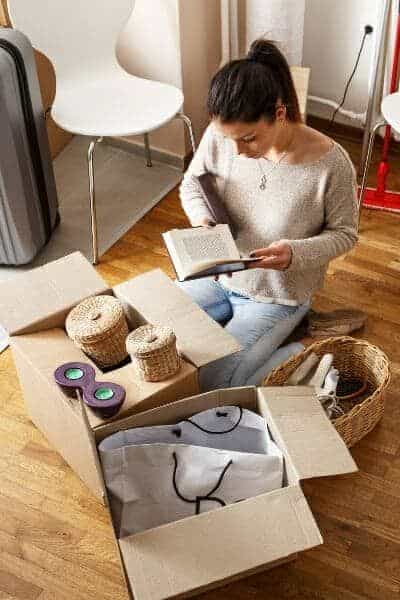
Before unpacking, it’s important to sort through belongings. Items can be grouped into keep, donate, and discard categories. Being honest about what is used often helps with letting go of extra stuff.
This step reduces clutter and creates more open space. It also makes unpacking quicker because fewer things need to be put away. Decluttering helps build good habits for staying organized in the future.
Storage Solutions for Every Room
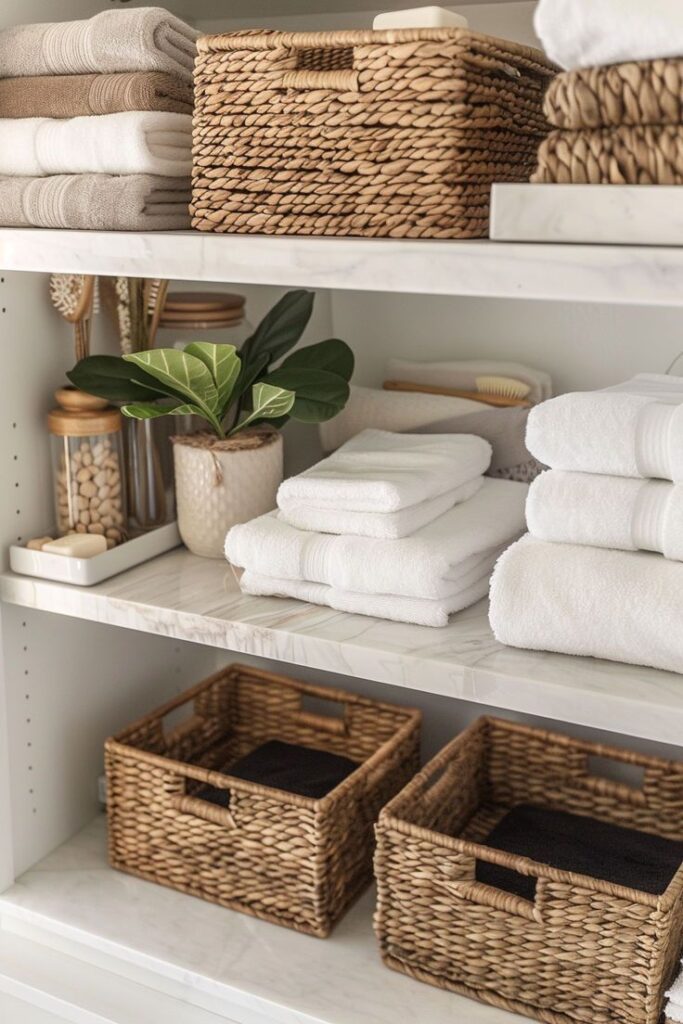

Choosing the right storage can make a big difference. In the kitchen, pegboards or wall-mounted racks offer space for utensils and tools. In bedrooms, shelves and under-bed bins store clothes and extras.
Using vertical space is key. Shelves mounted high use wall space without crowding the floor. Over-the-door organizers can hold shoes, cleaning supplies, or accessories neatly out of sight.
Keeping Frequently Used Items Accessible
Items used daily should be easy to find and reach. In entryways, wall hooks or small bins can hold keys, wallets, or mail. In the kitchen, utensils that are needed often can be kept in containers on the counter or hung nearby.
Keeping these items visible saves time and reduces stress. It also helps maintain order by encouraging putting things back in the same spot after use.
Adding Personal Touches
Personal touches help make a new apartment feel cozy and unique. They connect the space to the person living there and create harmony by blending style with comfort.
Incorporating Art and Decorations
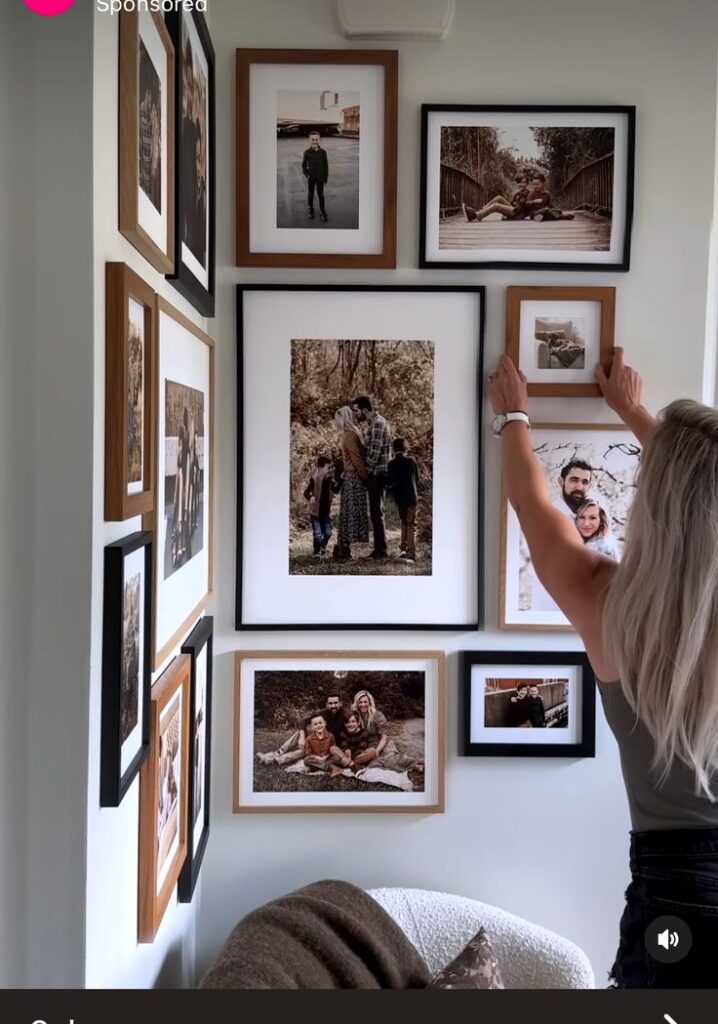
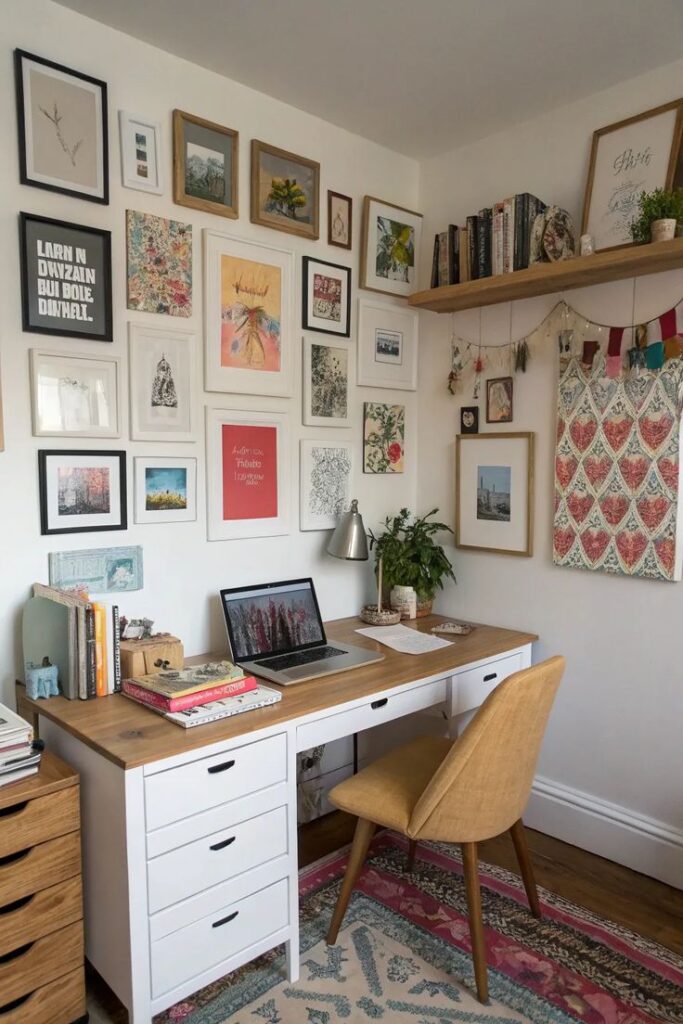
Art and decorations tell a story about a person’s interests and experiences. Hanging framed photos of family or memorable trips can bring warmth to walls. Coffee table books or small sculptures also add personality without taking up much space.
Decorate with items that reflect hobbies or favorite themes. This could be nature prints, vintage posters, or handmade crafts. Using different textures like woven baskets or soft pillows adds visual interest.
It’s important not to overcrowd. A few meaningful pieces placed thoughtfully create a balanced feel. Grouping items by color or theme helps keep everything connected and tidy.
Choosing a Harmonious Color Palette
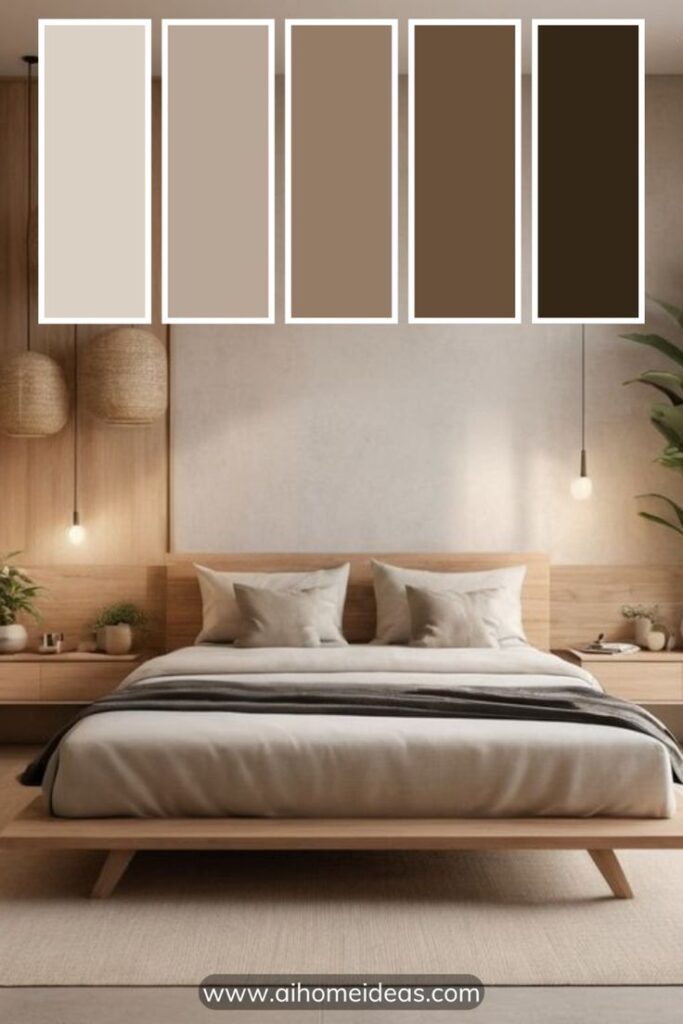

Picking colors that work well together can bring calm and order to a room. Choosing two or three main colors is easier than mixing many. Soft neutrals paired with one or two accent colors help create a welcoming vibe.
Colors can be repeated in fabrics, furniture, and wall art to tie the space together. For example, using light blue pillows, a navy rug, and sky-blue ceramics creates flow.
He or she should avoid colors that clash or feel too bright for relaxing areas. Instead, use subtle shades in bedrooms for restfulness, while bolder hues work well in living spaces for energy.
A color chart or sample swatches can guide decisions before buying. This ensures harmony without guesswork.
Maintaining Ongoing Harmony
Keeping a new apartment feeling calm and balanced takes steady effort. It means regular care to avoid clutter and occasional updates to keep the space feeling fresh and inviting.
Routine Tidying Strategies
They should set a daily or weekly time for tidying up. Clearing surfaces like countertops and tables helps keep things looking neat.
A simple checklist can help stay on top of chores. For example:
- Put away items immediately after use.
- Wipe down common areas regularly.
- Sort and donate things that are no longer needed.
Using storage bins or baskets makes it easier to keep things organized. When everything has a place, maintaining order feels less overwhelming.
Refreshing Your Arrangements Over Time
Changing furniture placement or decor a bit every few months can bring new energy to the space. This helps prevent the home from feeling stale.
Small updates, such as adding a plant, changing pillows, or swapping out artwork, keep the look interesting. They should avoid overcrowding and keep the room’s overall balance in mind.
It’s helpful to review what is and isn’t working in the space. Removing unused items regularly supports a peaceful and clear environment.
- 0shares
- Facebook0
- Pinterest0
- Twitter0
